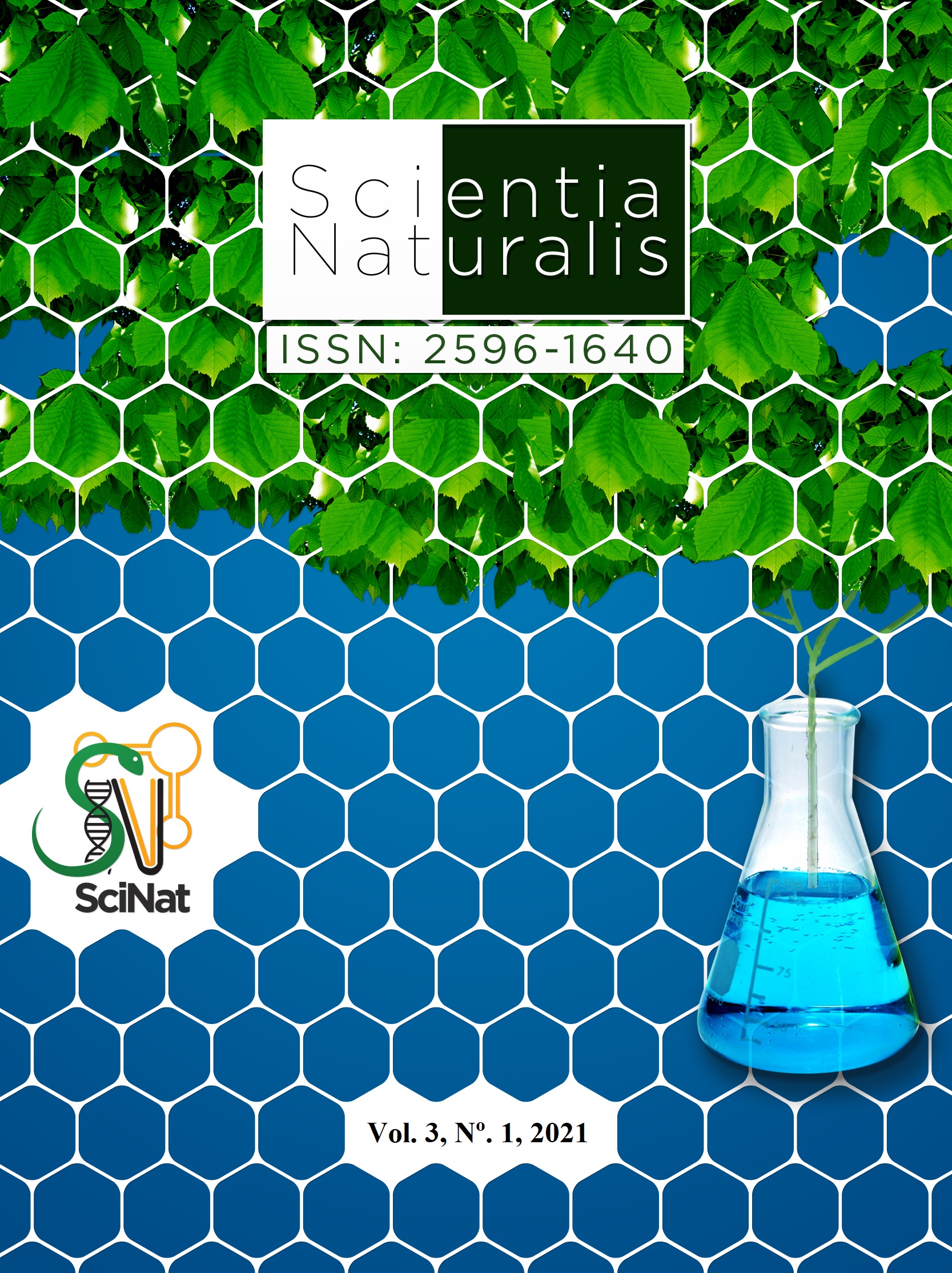Preliminary investigation of the chemical properties of cupuaçú waste (Theobroma grandiflorum) through the dispersive energy x-ray fluorescence spectrosctive technique
DOI:
https://doi.org/10.29327/269504.3.1-11Abstract
The presente work investigate preliminary chemical properties of industrial solid waste (RSI’s) of cupuaçu (Theobroma grandiflorum) shells and possible opportunitiess. The dispersive energy fluorescence spectroscopy (EDX) was used to investigate preliminary the chemical elements identified. The experiment used 10 cupuaçu units, where 3 samples were extracted from each of the shells of these cupuaçu fruit units, with an area of 3cm² by 3cm² totaling 30 samples, simple descriptive statistics (mean, standard deviation and coefficient of variation, boxplot with percentiles) were adopted for the analysis of the results the Student's T Test (t >0.05), in order to compare the sample means of different chemical elements. The results obtained presented the element found with the highest percentage in the peels was Potassium (K) 75.3%, followed by Calcium (Ca) 13.8%, Phosphorus (P) 6.4%, Sulphur (S) 2.6%. Therefore, based on other studies, it was concluded that the industrial solid residues of cupuaçu shells can be can be reused for agriculture and with potential for recycling through manufacture of briquets.




